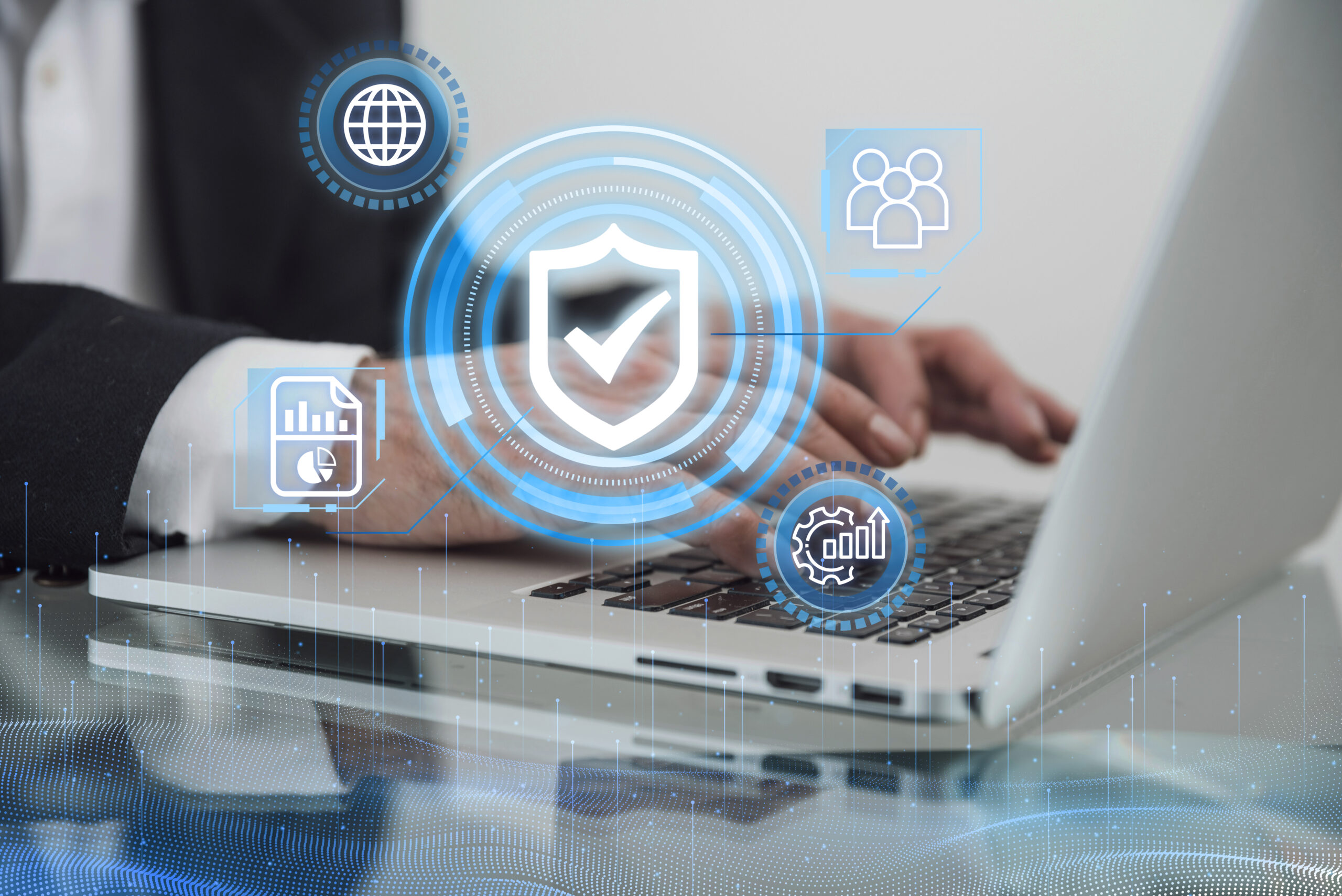Currently Empty: 0,00 €

SOC 2: Strengthening Trust Through Secure Data Practices
In today’s data-driven economy, trust is not just a value—it’s a competitive advantage. Organizations that process customer data are under increasing pressure to prove that their systems are secure, reliable, and privacy-conscious. SOC 2 (System and Organization Controls 2) has emerged as a leading framework for evaluating how effectively a company safeguards customer information and manages operational risks.
What Is SOC 2?
SOC 2 is a widely recognized auditing framework developed by the American Institute of Certified Public Accountants (AICPA). It is designed specifically for service providers that store, process, or transmit customer data—especially in the cloud. Unlike regulatory standards such as GDPR or HIPAA, SOC 2 is not legally mandated, but it is increasingly demanded by clients, partners, and investors as a condition for doing business.
The framework is built around five Trust Service Criteria (TSC):
Security – Protection against unauthorized access
Availability – System reliability and uptime
Processing Integrity – Ensuring data accuracy and system functionality
Confidentiality – Protecting sensitive information from disclosure
Privacy – Proper handling of personal data as per data privacy policies
Two Types of SOC 2 Reports
SOC 2 audits result in one of two types of reports:
SOC 2 Type 1: Evaluates the design and implementation of controls at a single point in time. This type assures stakeholders that the organization has controls in place and that they are properly designed.
SOC 2 Type 2: Offers a more in-depth analysis over a period of time, typically 3 to 12 months. It assesses both the design and operational effectiveness of controls. While more demanding, it carries greater credibility and is often required by enterprise clients.
Why SOC 2 Compliance Matters
SOC 2 is becoming a gold standard for organizations in technology, healthcare, banking, legal services, SaaS, and e-commerce. Its importance lies in its ability to demonstrate:
Commitment to data privacy and information security
Compliance readiness for industry-specific regulations such as HIPAA or GLBA
Assurance to clients and regulators that internal controls are documented, tested, and improved regularly
Operational resilience by identifying and addressing vulnerabilities
Risk reduction against data breaches, which can be financially and reputationally devastating
As data privacy and digital threats continue to evolve, SOC 2 compliance provides a dynamic framework for proactive governance and risk management.
Organizational Benefits of SOC 2
Adopting SOC 2 principles allows companies to:
Increase credibility with enterprise customers and partners
Shorten sales cycles by preemptively answering security due diligence questions
Establish a security-conscious culture across teams
Strengthen disaster recovery and incident response readiness
Enhance long-term brand reputation through transparent data practices
Conclusion
SOC 2 is not just about passing an audit—it’s about building a trustworthy foundation for sustainable business. In an environment where cyber threats and regulatory scrutiny are intensifying, organizations that prioritize security, availability, confidentiality, and privacy will stand out as reliable partners in the digital ecosystem.
Interested in becoming SOC 2 compliant or advancing your expertise in audit and security controls?
Explore how you can deepen your understanding of SOC 2 and contribute to building a more secure, transparent, and resilient organization.



